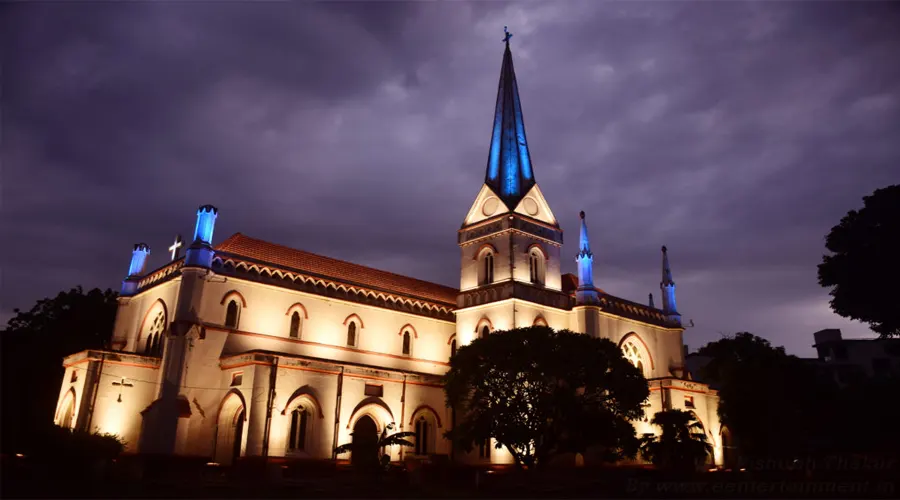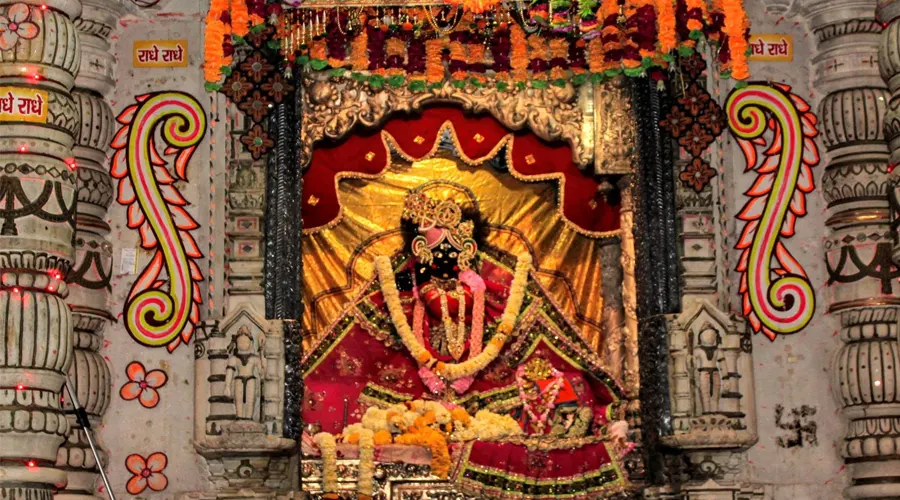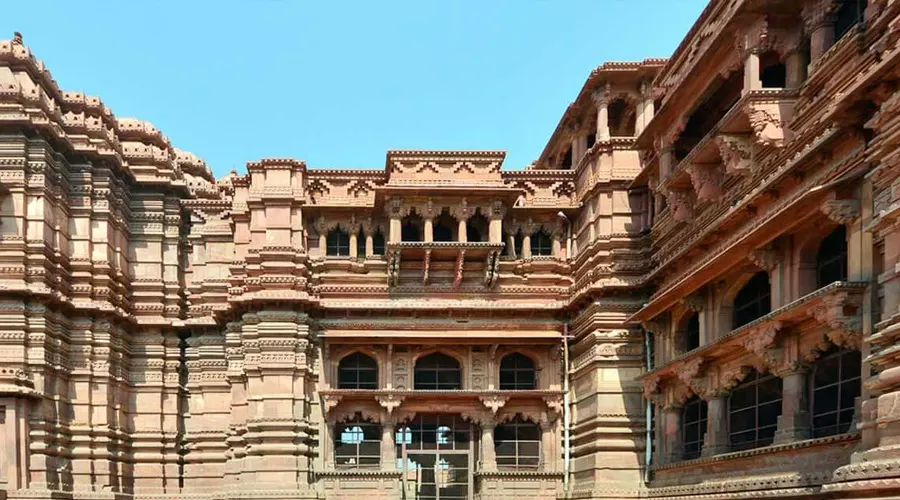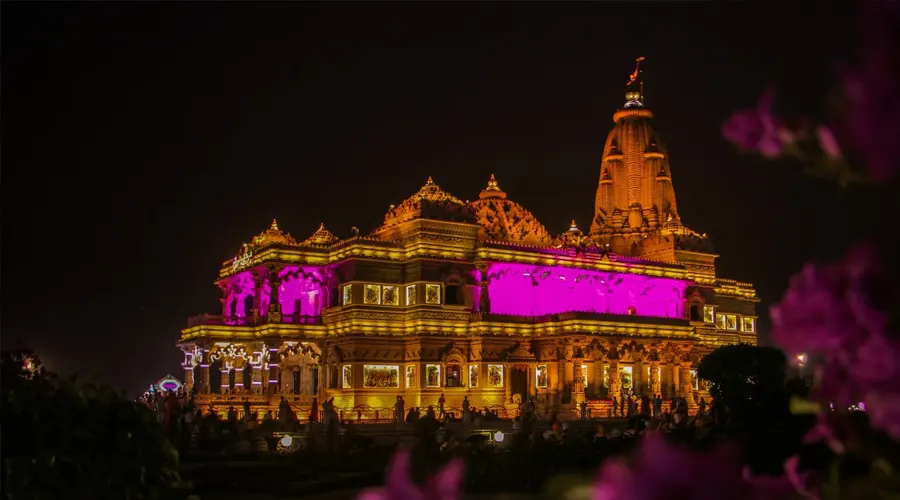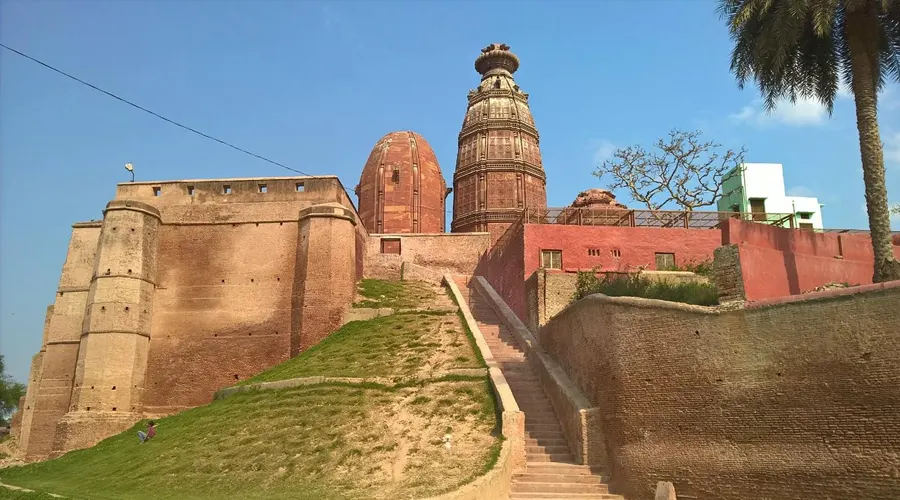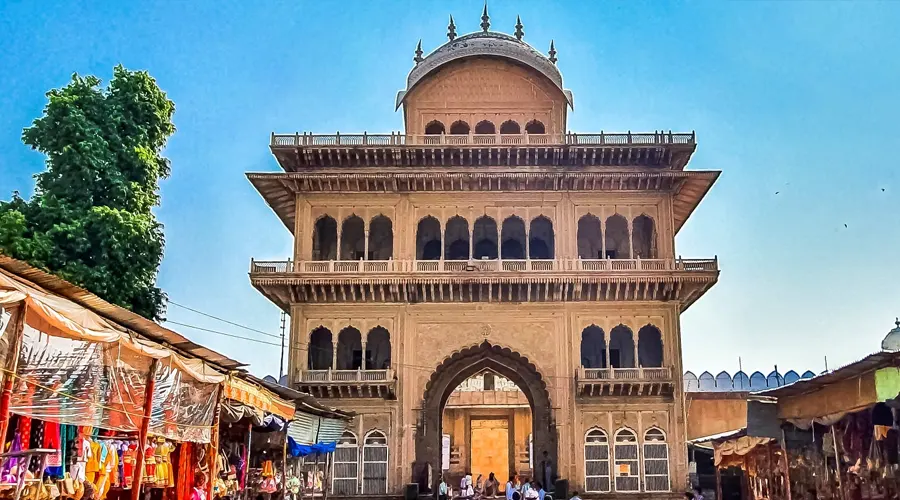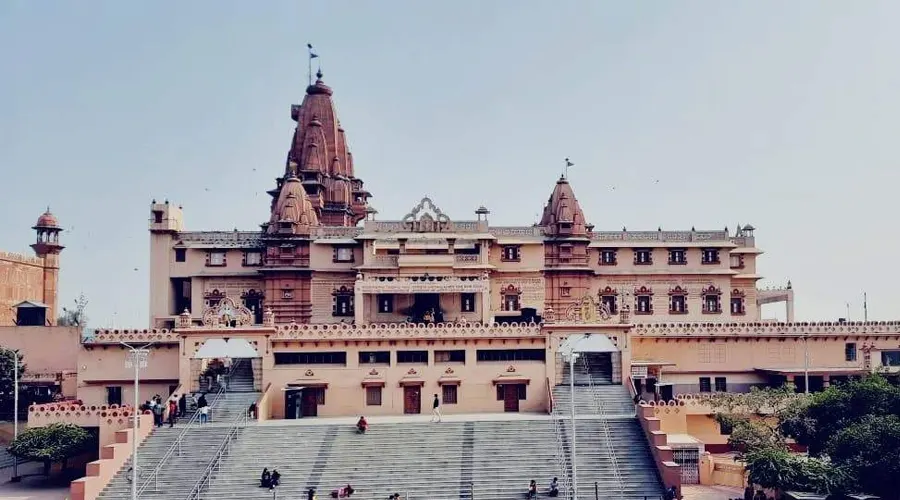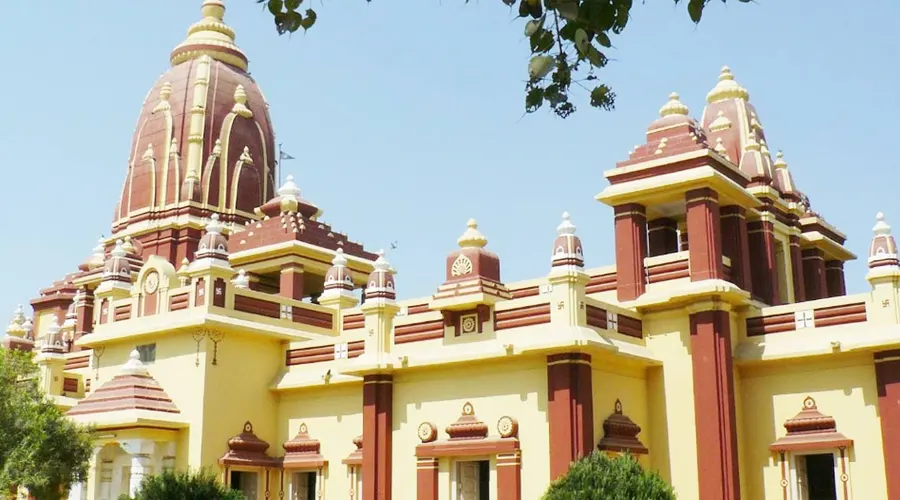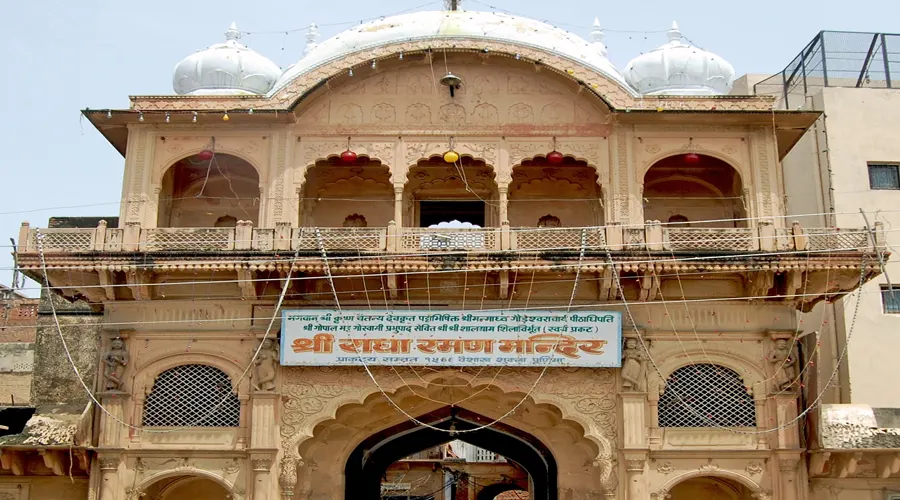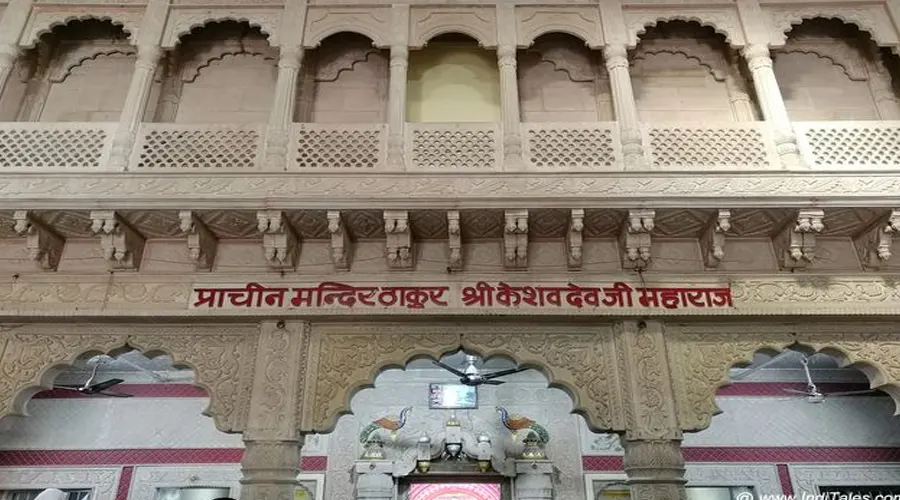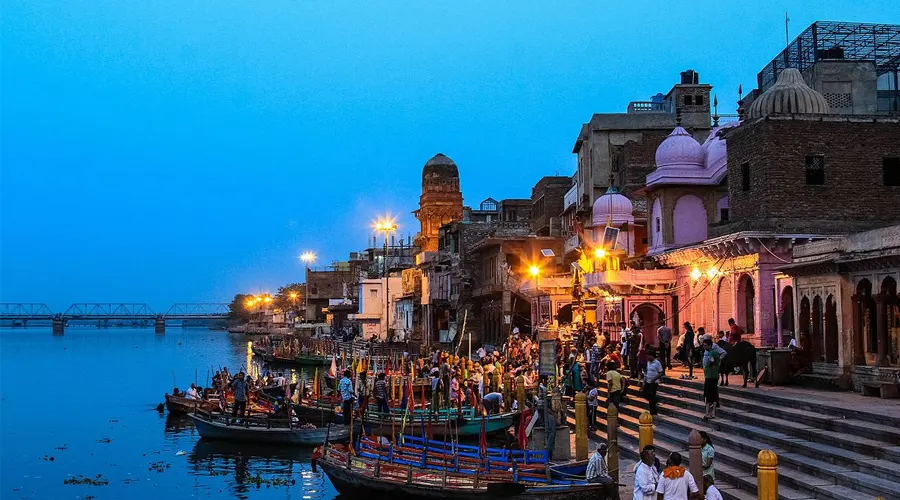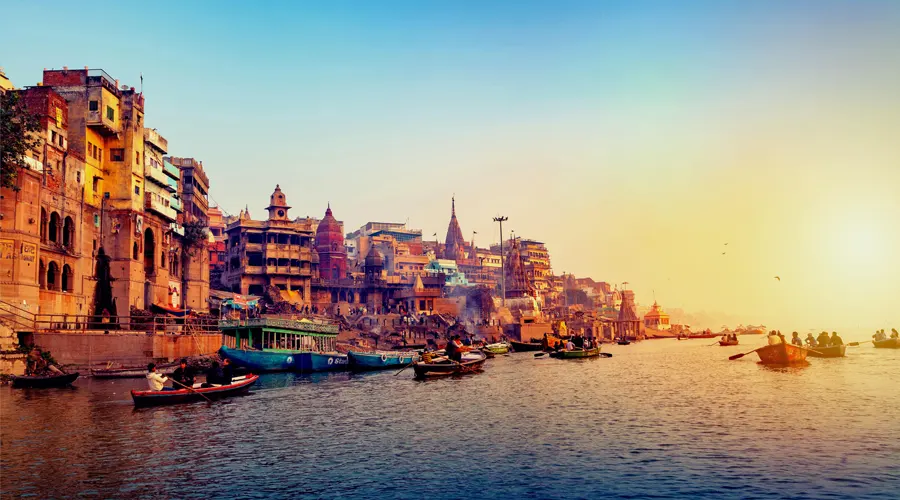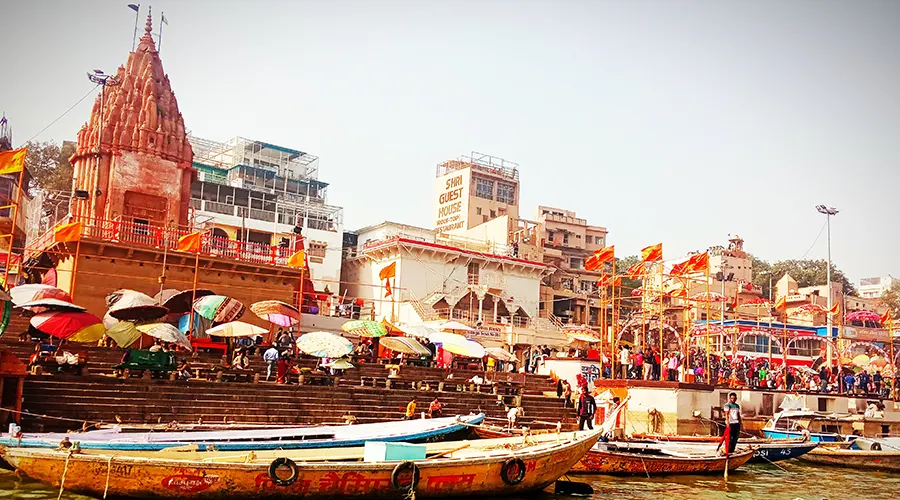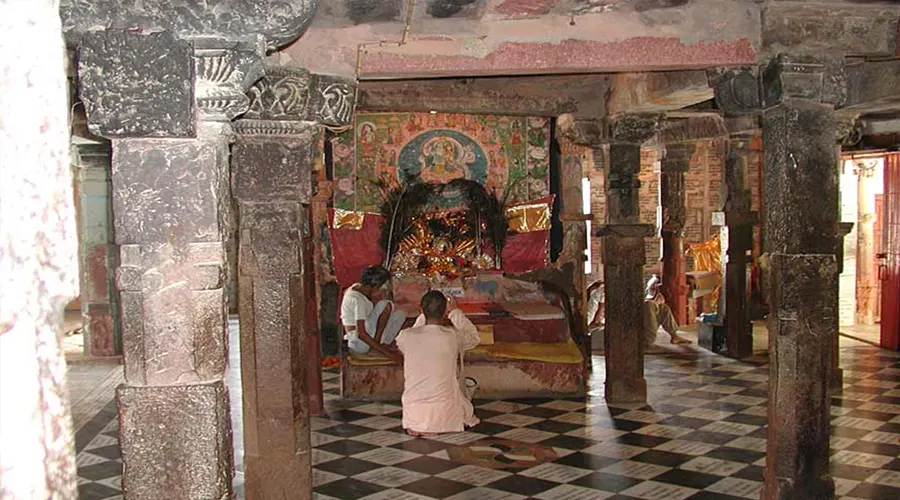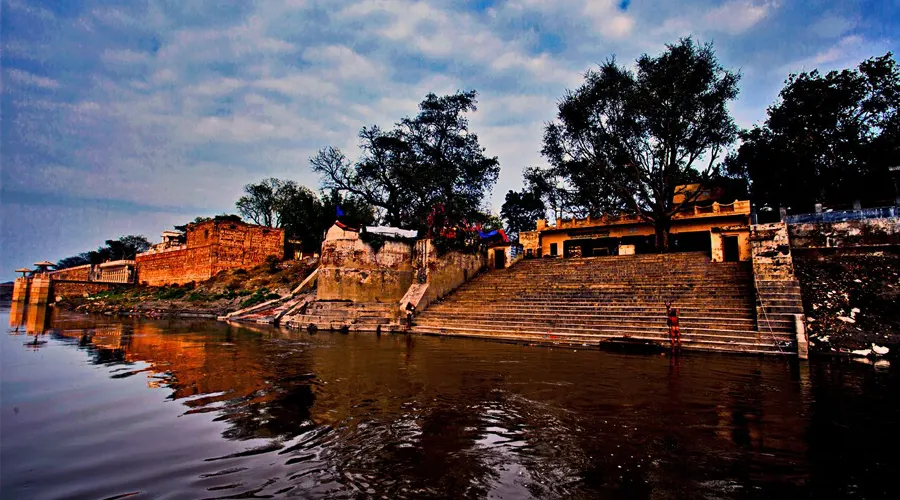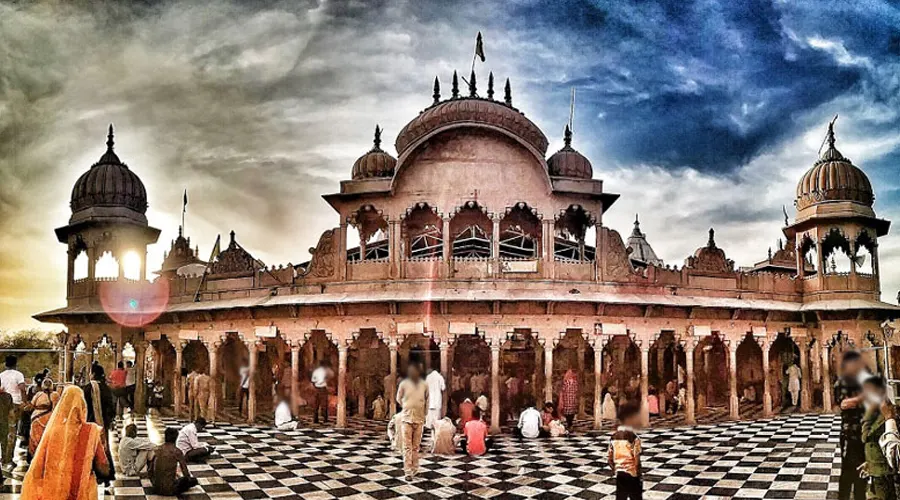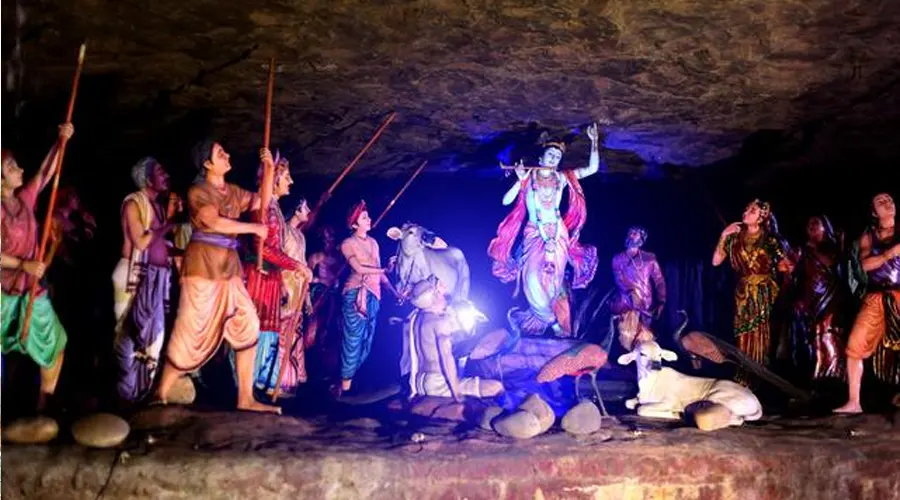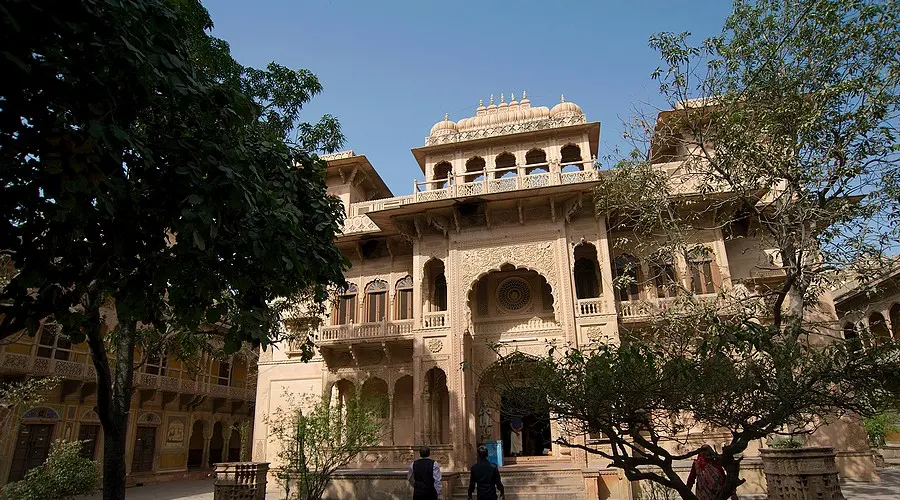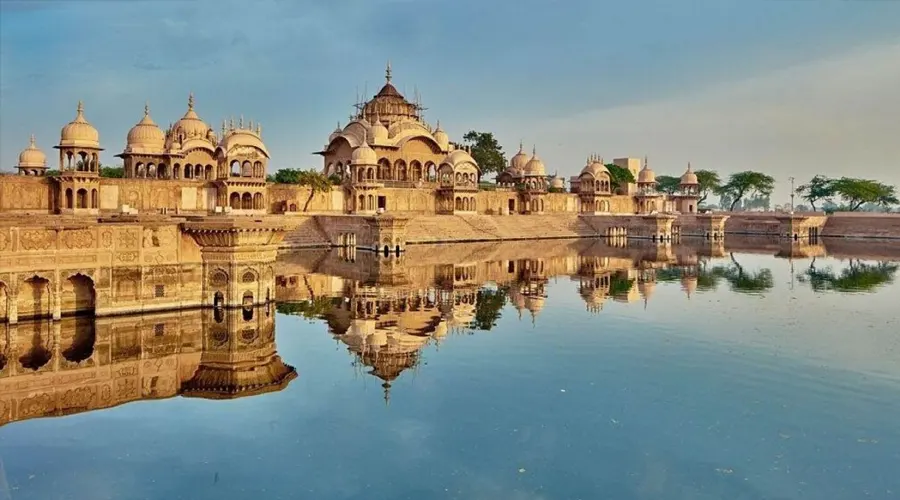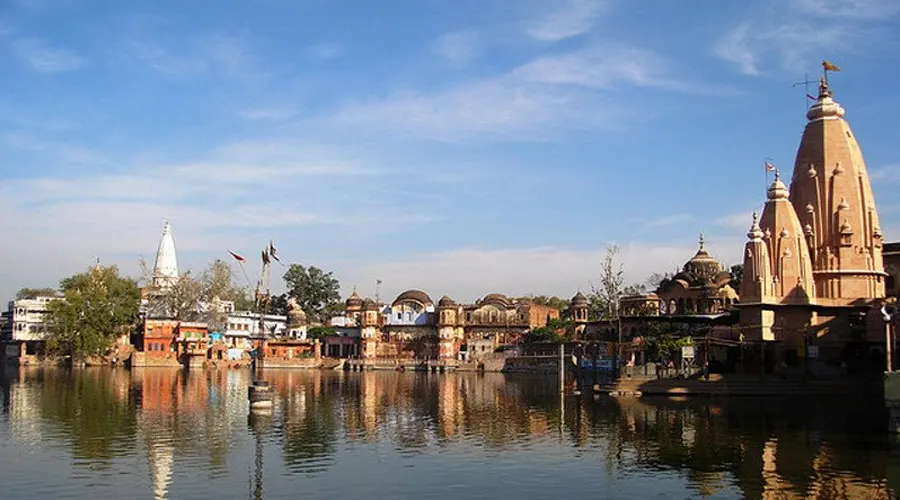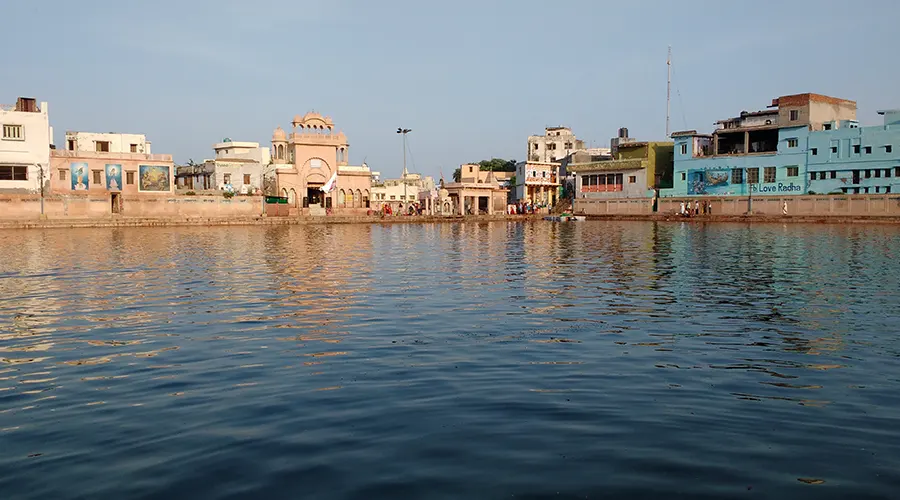Christ Church Lucknow
Although the Christ Church today paints a picture of tranquillity, it has had its fair share of turbulent history. Many fascinating facts about it make it a popular tourist attraction in Lucknow. One of them is that it is it was the first English church to be built in North India and the third in India. There was not a single church built between the years 1700 and 1819. Today, it intrigues onlookers and visitors with its elegant architecture, but also with the historical aura that pervades it. It is situated in the Hazratganj area. Although the church is not enormous, there is an old-world feel to it that makes it special. However, you would not sense that until you actually enter its interiors and spend some time there. Visiting this church during your trip to Lucknow promises to be an informative and enlightening experience.
History of Christ Church
Before you read a short history of Christ Church, you should also know something about the other churches in the country. The first church built in India by the Britishers was at Madras in the year 1680. It was known as St. Mary's Church. This was followed by another church built in Kolkata in 1770 and known as St. John's Church. It was only in 1810 that a church was built in Lucknow, thus becoming the third city in India with a church. At that time, however, this church was known as St. Mary's Church and it was built in the area known as British Residency.
Like many other parts of the country, the church did not go unscathed during the Sepoy Mutiny of 1857, also known as the First Struggle for India's Independence. It came under repeated attacks by the sepoys, with the worst attack carried out on 31st July and 5th August 1857. It should be remembered, however, that the attack was not motivated by any religious causes. It was attacked because the British used the church as a storage house for ammunition and weapons. Call it a stroke of luck or what you will, the church escaped being blown to smithereens by the British. During the next three years, while the church remained in a damaged state, the tomb of Nawab Saadat Ali Khan and later the Sibtainabad Imambara served as places for Christian worship. Regular masses were also held at these religious places.
It is also interesting to know that for a short period, the gardens of the church were converted into a cemetery. The first people to be buried there were those that fell victims to the surprise attacks carried out by the Indian sepoys on 30th May 1857.
Architecture of Christ Church
Christ Church is built in the Gothic style of architecture, just like most of the other churches across India. It is topped with twenty steeples, with a cross situated at the top of the entrance on the north. The church has an accommodation capacity of 130 persons at any given time. Observe its interiors though, and you will come across numerous marble tablets and polished brass plaques installed to honor the memory of British army officials, civilians, and clergy who lost their lives in the conflict. These tablets are both a moving and impressive sight. One of the tablets is dedicated to James Grant Thomson, Deputy Commissioner of Muhamadee who lost his life fighting off the sepoys in Oudh on 5th June 1857. Another such tablet is dedicated to Revered Henry Polehampton. The church underwent extensive renovations and architectural modifications in 1904. The bell tower, which consists of a spire pointing towards the sky with a cross at the top, is a major eye turner.

